Faru Team Burra Update: 01 November 2007
Participants:
Nicodemus Kivindyo – team leader Sylvester Matheka Samuel Odero Peter Wambua John Malonza Samuel Masaku Rajab Fundi 2 KWS Rangers
Area of operation:
During the month of November, the Burra team covered the following areas: Sagala ranch, Ngutuni ranch, Taru ranch and Mwatate sisal estate.
411 SNARES RECOVERED
FINDINGS.
During the month of November the team lifted a total of 411, out of which 308 targeted small game and 103 targeted big game. Sadly the team has noticed that both small and large animals are being killed not only by snares but as a side effect of the environmental degredation caused by the charcoal burning and logging that is taking place.
Observable evidence:
Despite the reasonable amount of rainfall during the month of November the team lifted 411 snares which is a large number. The remains of several animals were seen in the different ranches which is an indication that there is active poaching taking place.
Sagala Ranch The team set up camp in Sagala ranch for a period of one week and was able to lift 70 snares most of which targeted large game such as elands, buffaloes and giraffe all of which can be found in this area.
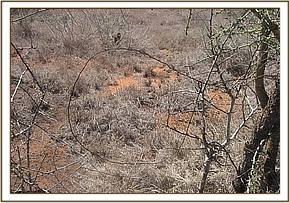

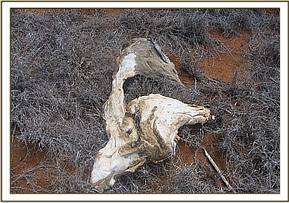
Ngutuni Ranch During its patrols in this ranch the team lifted 103 snares most of which targeted small game.

Taru Ranch Most of the snares lifted in this ranch targeted small game.
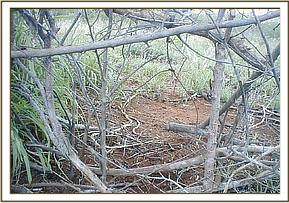
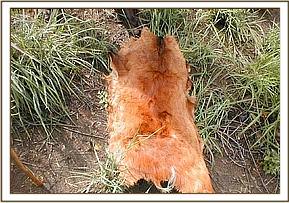
Mwatate Sisal Estate Despite the fact that this is a sisal plantation there is a lot of wildlife found here ranging from small to big game.
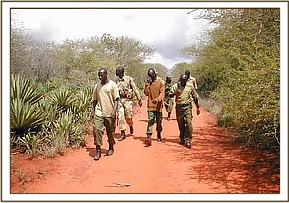
Community work During the month of November the team carried out several activities in different schools.


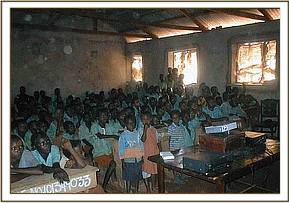

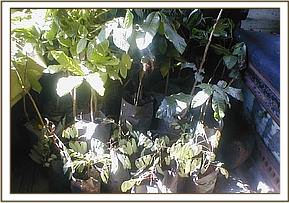

Report by Nicodemus Kivindyo